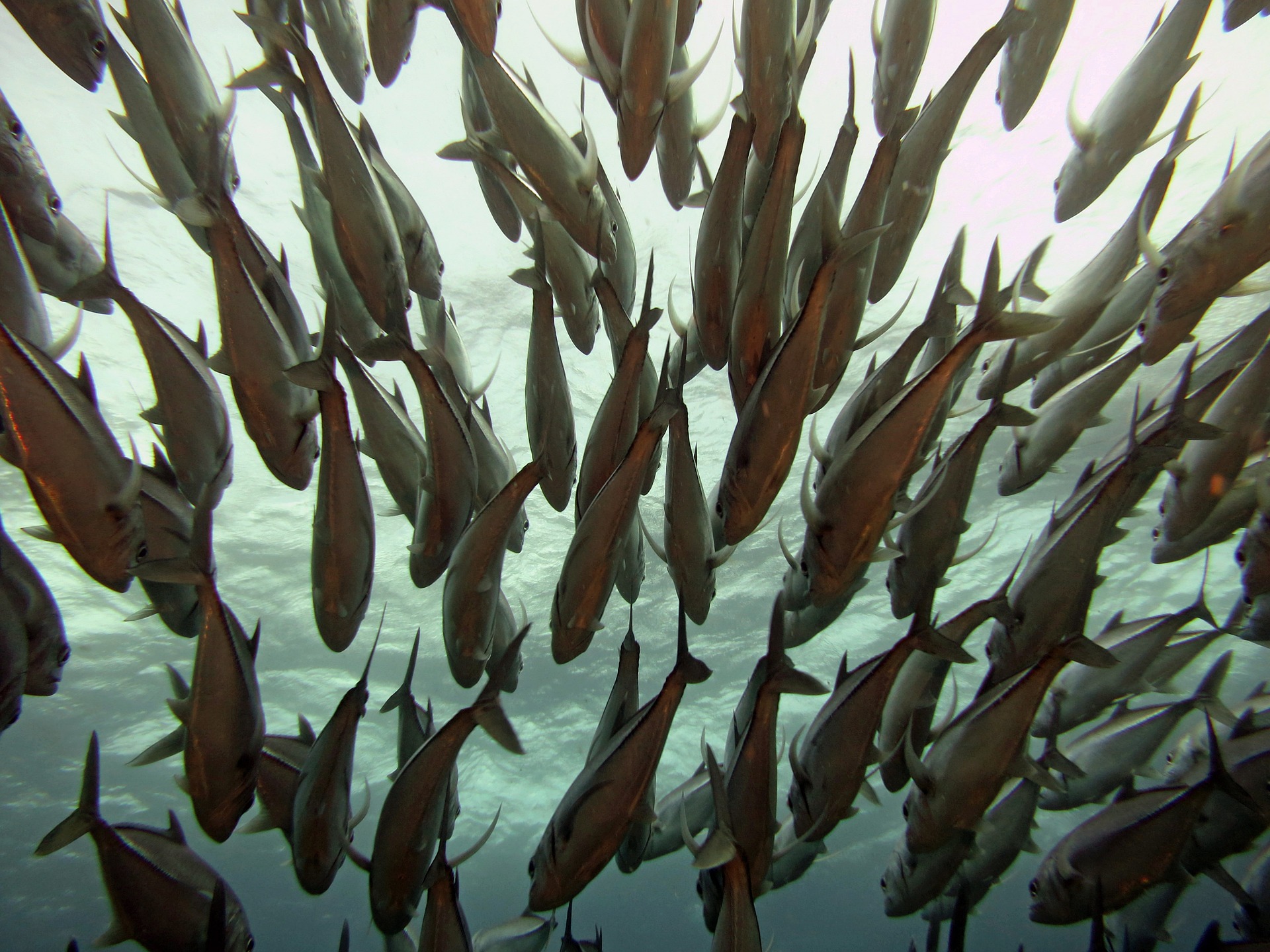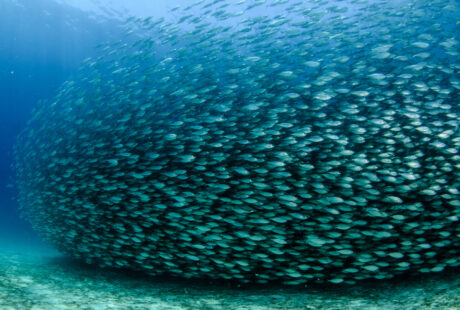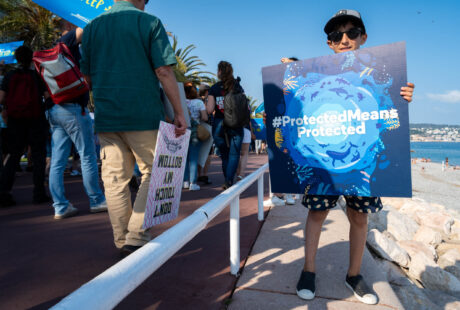Fundació ENT, together with Sciaena and Ecologistas en Acción, analysed the European Commission’s communications on EU fisheries in line with the Maximum Sustainable Yield (MSY) for the period 2015 to 2020. The detailed analysis raises a number of concerns about the methodology used by the Commission, showing that the number of Total Allowable Catches (TACs) set ‘in line with MSY’ in EU fisheries in 2020 has been overestimated by 29%.
In order to allow the recovery of fish stocks to sustainable levels, the Common Fisheries Policy requires the Maximum Sustainable Yield (MSY) exploitation rate to be achieved by 2015 where possible and at the latest by 2020 for all stocks. Five years since the reformed Common Fisheries Policy entered into force, considerable uncertainty remains about the real number of stocks exploited at sustainable levels in the EU, defined by the number of Total Allowable Catches (TACs) set in line with scientific advice on the MSY.

Each year since December 2014, following the EU Council of Fisheries Ministers annual decision, the European Commission (EC) has published a list of the stocks fished in the North-East Atlantic, North Sea and Baltic Sea that are considered ‘in line with MSY’ for the following year (see 2020 list here). These annual communications are an essential measure of the steps taken by EU Fisheries Ministers to establish sustainable fishing limits, yet they contain significant inconsistencies and complicate assessments of real progress towards the legal requirement to end overfishing.
More specifically, the NGOs comparison report (see detailed table at the end of the document) shows that the seven new TACs listed by the Commission as ‘in line with MSY in 2020’ are neither truly new nor in line with MSY.
The report also reveals that the number of TACs ‘in line with MSY’ has been overestimated by the Commission every year. This overestimation is due to the Commission’s inclusion of:
- Various fishing limits for which Fisheries Ministers agreed to set their TAC above the precautionary approach, above the scientific advice for zero catch, or above the scientific advice on MSY (e.g. salmon in the Baltic, megrim in the Irish Sea, northern hake, etc.)
- Various fishing limits with only partial or no MSY advice on catch available from the International Council for Exploration of the Sea (ICES) for stocks covered by a TAC, or because some stocks or functional units are considered undefined by ICES (e.g. megrim in the Bay of Biscay, Norway lobster in the Celtic Sea and Irish Sea).
This analysis reveals that up to 18 TACs cannot be considered ‘in line with MSY’ in 2020 and should be removed from the list, leaving 44 of the 62 TACs on the Commission list for this year. This means that the European Commission has overestimated the number of TACs set in line with MSY in 2020 by 29%. A longer-term analysis suggests that since 2015, the European Commission has overestimated the number of TACs set in line with MSY by 19% on average. The overall number of TACs set ‘in line with MSY’ should therefore be:
- 2015 – 30 (instead of 36);
- 2016 – 29 (instead of 38);
- 2017 – 37 (instead of 47);
- 2018 – 50 (instead of 53);
- 2019 – 49 (instead of 59);
- and 2020 – 44 (instead of 62).
The decrease in the number of TACs set ‘in line with MSY’ is a worrying trend that demonstrates a reversal in progress towards ending overfishing in the last two years. This alarming lack of progress suggests that it is no longer possible to achieve the EU’s own legally binding deadline for achieving sustainable fishing limits for all stocks by 2020.
Fundació ENT, Sciaena and Ecologistas en Acción are encouraging the European Commission to consider all of the concerns and recommendations in the report. They particularly call on the Commission and EU Fisheries Ministers to significantly increase their efforts to end overfishing in line with the reformed Common Fisheries Policy, to guarantee that all fishing opportunities for 2021 (including deep sea) should not exceed the scientific advice, and to ensure that the precautionary approach defined in the Common Fisheries Policy is applied.
Posted on: 13 May 2020



